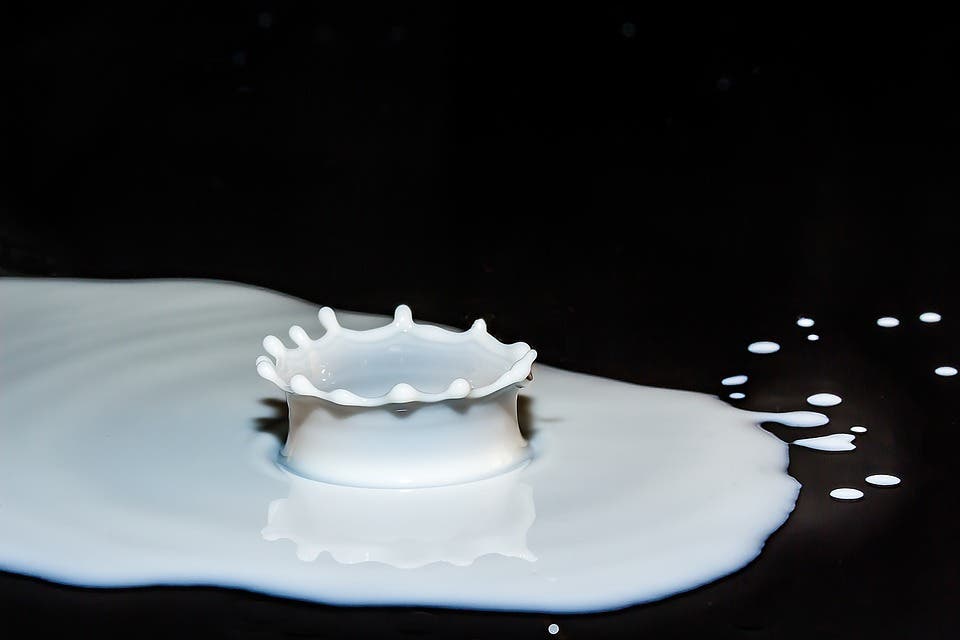Researchers, led by archaeologists at the University of York, have found the earliest evidence of milk consumption ever observed in the teeth of prehistoric British farmers.

The team identified a milk protein called beta lactoglobulin (BLG) in the mineralized dental plaque of seven individuals who lived around 6,000 years ago. The findings will help improve our understanding of when humans developed lactose persistence (LP), the ability to digest lactose in milk. It’s also the earliest confirmed sighting of the BLG molecule so far.
Luckily they didn’t brush their teeth
“The fact that we found this protein in the dental calculus of individuals from three different Neolithic sites may suggest that dairy consumption was a widespread dietary practice in the past,” says lead author Dr. Sophy Charlton, from the Department of Archaeology at the University of York.
Dental plaque, while not something you want to have, can be used to gain insight into the diets of ancient people. The material traps proteins from food, through saliva, which are then mineralized in plaque or tartar. The samples of dental plaque analyzed in this study are the oldest to be investigated for protein content, the team explains.
The Neolithic period in Britain ran from 4,000 to 2,400 BC and saw the transition from hunter-gatherer communities to farming, mostly revolving around the growing of wheat and barley and the domestication of animals such as cows, sheep, pigs, and goats. This time also saw the emergence of complex cultural practices such as the construction of monumental and burial sites.
The remains used in this study come from three different Neolithic sites in England: Hambledon Hill, Hazleton North (both in the south of England), and Banbury Lane (in the East Midlands). Individuals from all three sites had milk proteins from goats, cows, and sheep, suggesting that multiple domesticated species were reared at the same time.
“It would be a fascinating avenue for further research to look at more individuals and see if we can determine whether there are any patterns as to who was consuming milk in the archaeological past — perhaps the amount of dairy products consumed or the animals utilised varied along the lines of sex, gender, age or social standing,” says Dr. Charlton.
Finding these proteins in the ancient teeth is particularly exciting, as previous genetic work has suggested that people living at the time did not yet have the ability to digest lactose.
Overall, it means that the ancient farmers either consumed milk in small amounts or processed it into foods such as cheese (which removes most of the lactose). Lactose persistence, our ability to consume milk into adulthood, was the result of a mutation in the genes encoding production of lactase, which breaks down lactose. How and why we evolved this ability is of quite some interest to researchers, as milk and dairy products played an important part in past diets, as well as those of today — and this study gives us a better idea of when the mutation occurred, the conditions that helped it appear, and how people dealt with lactose intolerance before it.
“Because drinking any more than very small amounts of milk would have made people from this period really quite ill, these early farmers may have been processing milk, perhaps into foodstuffs such as cheese, to reduce its lactose content,” says Dr. Charlton.
“Identifying more ancient individuals with evidence of BLG in the future may provide further insights into milk consumption and processing in the past, and increase our understanding of how genetics and culture have interacted to produce lactase persistence.
The paper “New insights into Neolithic milk consumption through proteomic analysis of dental calculus” has been published in the journal Archaeological and Anthropological Sciences.









